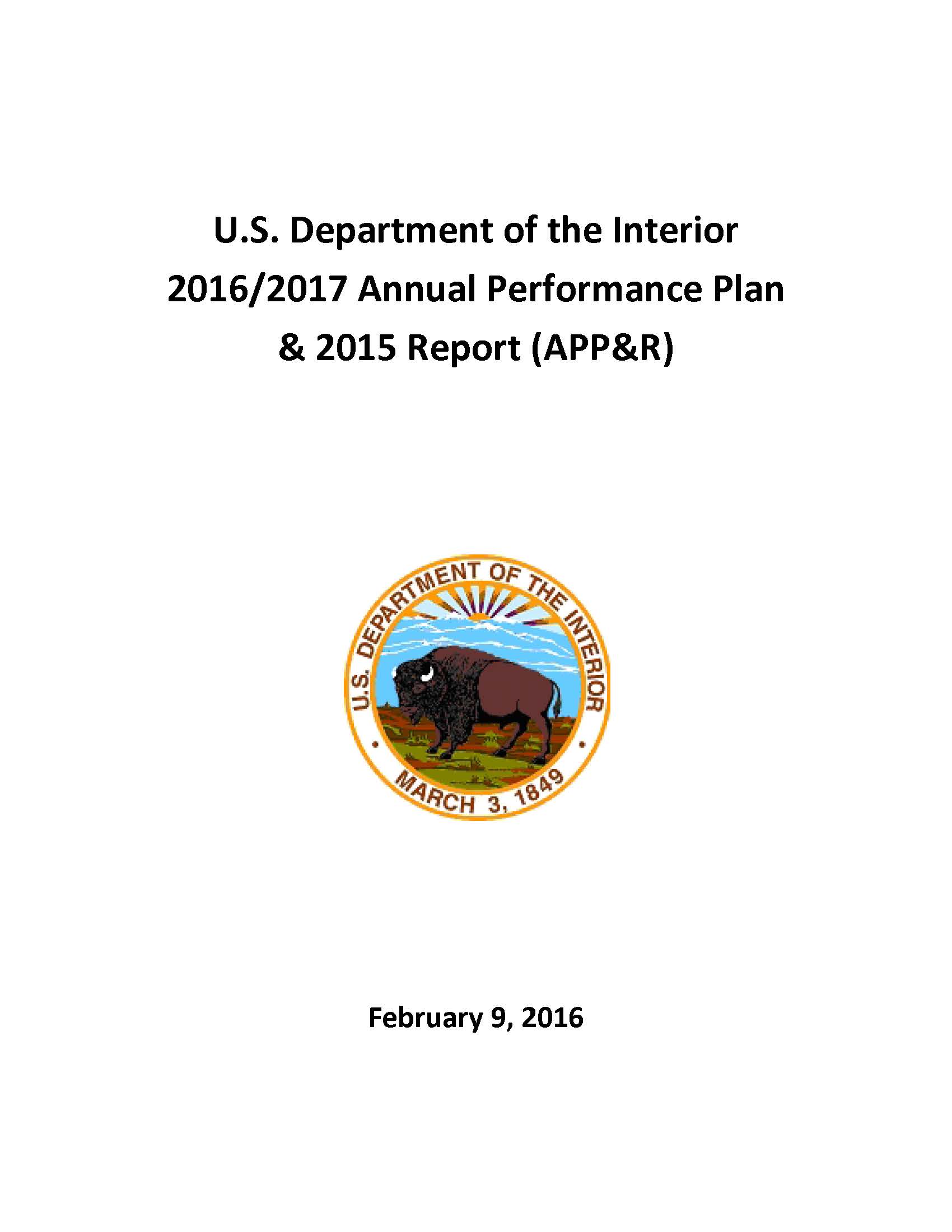- Home
- Agencies
- Department of Agriculture
- Department of Housing and Urban Development
- General Services Administration
- Department of Commerce
- Department of the Interior
- National Aeronautics and Space Administration
- Department of Defense
- Department of Justice
- National Science Foundation
- Department of Education
- Department of Labor
- Office of Personnel Management
- Department of Energy
- Department of State
- Small Business Administration
- Environmental Protection Agency
- Department of Transportation
- Social Security Administration
- Department of Health and Human Services
- Department of the Treasury
- U.S. Agency for International Development
- Department of Homeland Security
- Department of Veterans Affairs
- Goals
- Initiatives
- Programs
Primary tabs
Key to Changes
This text is Revised text
This word has been added to the text
This text is Last Published text
This word has been removed from the text
Modifed styling with no visual changes
Strategic Objective
Ensure Environmental Compliance and Safety of Energy Development Activities
Strategic Objective
Overview
Four Department bureaus, Office of Surface Mining Reclamation and Enforcement (OSMRE), Bureau of Safety and Environmental Enforcement (BSEE), Bureau of Land Management (BLM), and Bureau of Ocean Energy Management (BOEM), oversee responsible energy development on private, public, and tribal lands and waters. Safety, environmental, and conservation compliance activities safeguard the Nation’s onshore and offshore energy resources, and mitigate the effects of mining on natural resources, including the protection and restoration of coal effected lands. These efforts are also key to maintaining the public’s confidence that energy development can be and is subject to strong and effective oversight.
Read Less...Progress Update
The Department of the Interior, in consultation with the Office of Management and Budget, has determined that performance toward this objective is making noteworthy progress. Performance has been consistent through FY 2015 due in large part to the Department’s robust reform agenda, including improved regulation, inspection and enforcement, and an increased focus on high-risk activities. The Department is working diligently to address oil and gas managemrnt issues stemming from its inclusion on the Government Accountability Office’s high risk list, including developing rules to replace Onshore Orders for oil and gas site security, measurement of oil and measurement of gas. Recently updated Federal well-drilling regulations provide a framework of safeguards and disclosure protocols for hydraulic fracturing, ensuring that energy development continues to be conducted in an environmentally responsible manner. The Deopartment is also successfully implementing recommendations related to recruitment, retention, and relocation of specialized technical and scientific personnel needed to carry out safety and compliance oversight work, which bolsters improvement for both onshore and offshore oversight.
In FY 2015, depressed gas prices resulted in fewer new well starts enabling the Department to reclaim a greater percentage of oil and gas acres. Modest increases also occurred in coal reclamation as a result of reclamation taking place faster than the anticipated pace of new mining. Preliminary estimates for recordable injuries indicate approximately 33% fewer injuries than previous years as there have been fewer incidents relative to the past few years. The BLM did not meet the target for production related inspections due to the shift in focus during the last 2 years on completing "high risk" inspections under the risk based strategy.









